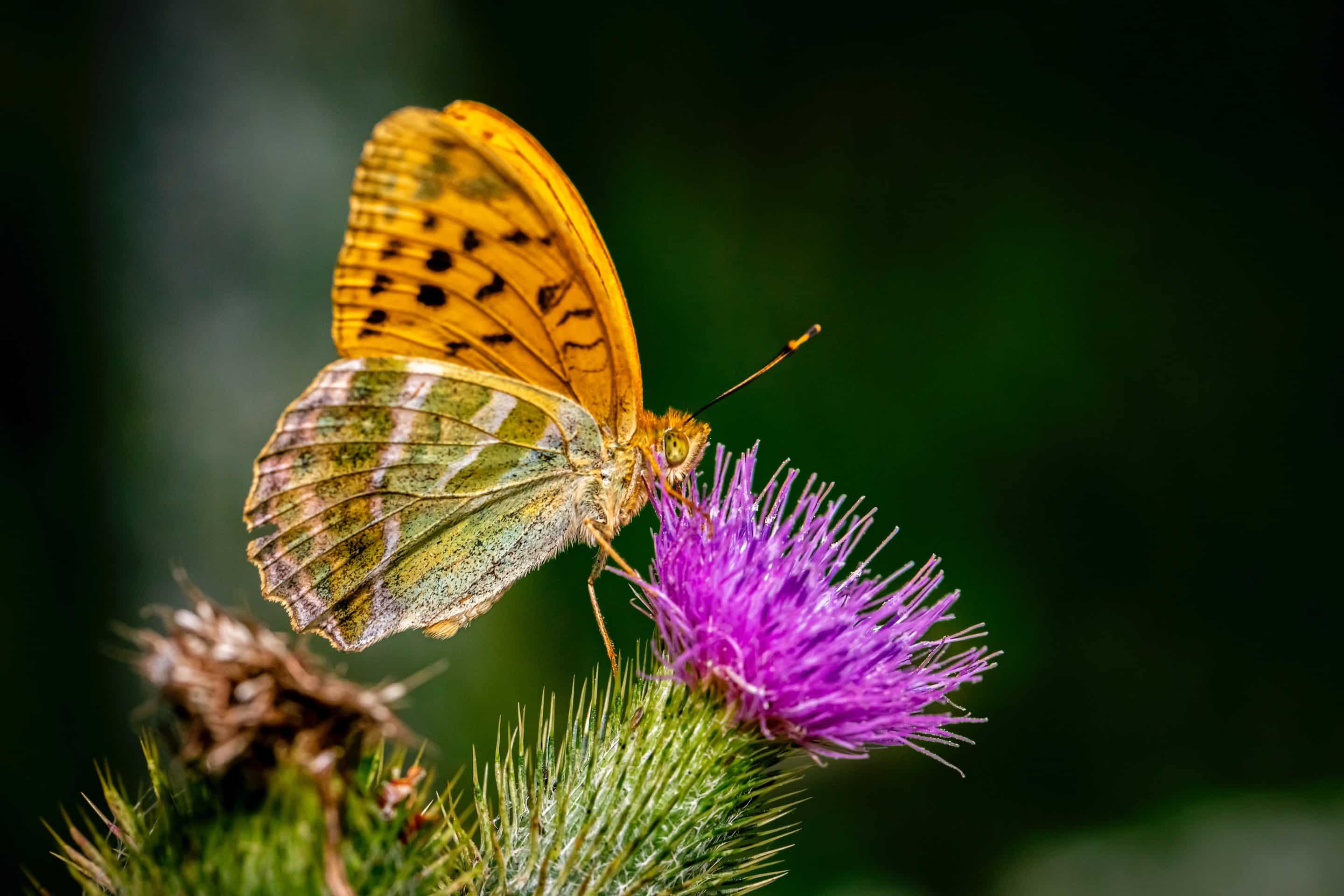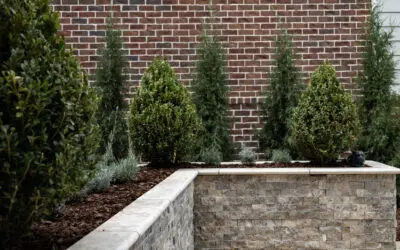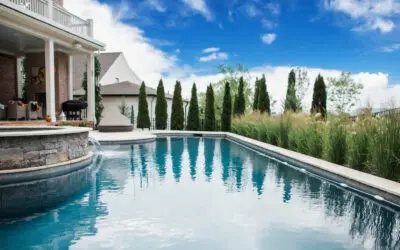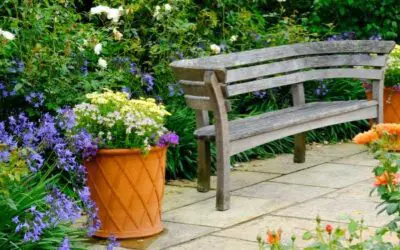———————————-
Gardening to enjoy the beauty of your landscape is a pleasure that many of us enjoy. Gardening specifically to welcome the birds and butterflies, the pollinators and beneficial insects and other creatures can bring even more life into your landscape.
The key is choosing native plants — those that occur naturally in a region and are not species imported from other parts of the planet. Garden experts know that these are the plants that thrive in soils, moisture and weather of that particular region, which means less supplemental water and fewer pest problems requiring control with chemicals. In addition, some wildlife species rely on specific plants, and including them in your landscape can be a small step toward helping them survive.
Beyond the plant choices, a landscape designed to engage wildlife needs other amenities that can make these necessary creatures feel welcome. The National Wildlife Federation, which has been helping US wildlife survive and thrive for 85 years, suggests five elements for a successful wildlife habitat: food, water, shelter, places to raise young, and sustainable practices on the part of the gardener. Let’s take a closer look:
Provide Food
Every creature needs to eat, so your landscape for wildlife should provide food for birds, insects and other wildlife in the form of plants that provide seeds, berries and fruits, nectar and pollen. You can, of course, add the “gift” of bird, squirrel and butterfly feeders to bring life to your landscape.
Give Them Water
A water source may be anything from a birdbath filled with fresh water, a bubbler or other small water feature, to a pond or an elaborate fountain. If you live near a creek, lake or stream, you already have the water to satisfy a variety of birds, insects and everything else in your garden that needs water to survive and thrive.
Give Them Cover
Don’t be so quick to banish those brush piles and leaf litter – they provide shelter that some species need to survive – to hide from predators, but also places to lay eggs, to give birth, stay cool in the shade or lay out on top of in the sun. Some species of butterflies and moths overwinter in leaf litter; in the circle of life, they’re an important food source for many bird species when they emerge as caterpillars. Dead trees also serve an important purpose as homes for birds and insects. You can provide extra shelter with nesting boxes and bat houses.
Places to Raise Young
For species to reproduce, they require an environment suitable for bringing on the next generation. Many of those places used for cover also serve as places to raise wildlife babies – the mature trees, dense shrubs and nesting boxes, naturally, but also, depending on the species’ requirements, the dead trees and rotting branches, wet areas, leaf piles, burrows and host plants for different insects.
Sustainable Practices
We can’t overstate the importance of healthy soil, and this is particularly true in a landscape that welcomes wildlife. Stay away from chemical herbicides and pesticides, and focus on developing a thriving landscape through more sustainable practices: using compost and mulch, proper irrigation, using natural and organic products and improving the structure and health of the soil itself by encouraging the growth of beneficial microbes in the soil through applications of compost tea, for instance.
Those Native Plants
Gardens of Babylon focuses on what CMO Matt Kerske calls “a greener, more natural way of landscaping.” To that end, the Garden Center provides a wide selection of native landscape plants among its offerings, and, designers focus on using native plants in their landscape design plans. If you visit the Garden Center and are not sure what makes a “native,” staff can point you toward what works in perennial beds in our region.
There are also several plant databases that allow gardeners to search for appropriate native plants by Zip code. Check out the lists offered by the National Wildlife Federation, the The Lady Bird Johnson Wildflower Center and the National Audubon Society.
Considering a new landscape design to welcome wildlife? Start by booking a phone consultation with a Gardens of Babylon landscape designer here.





